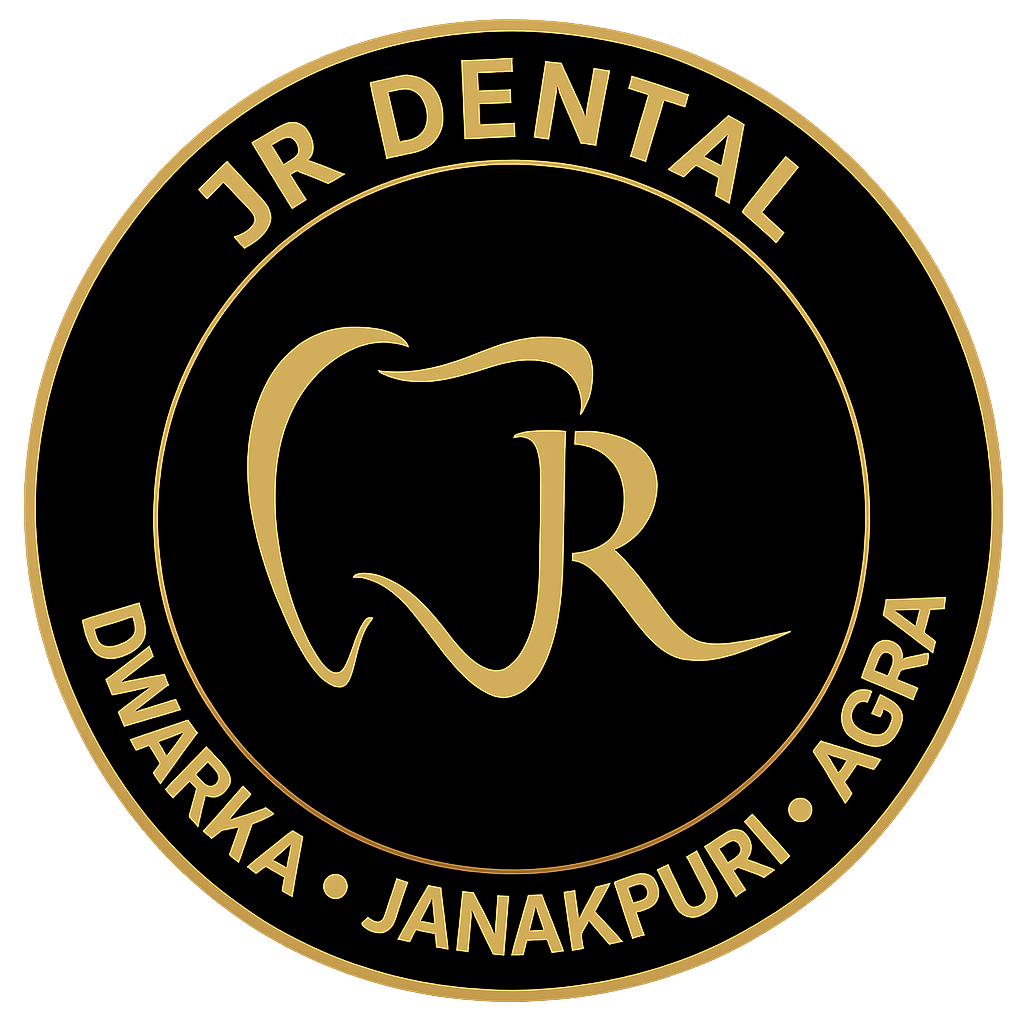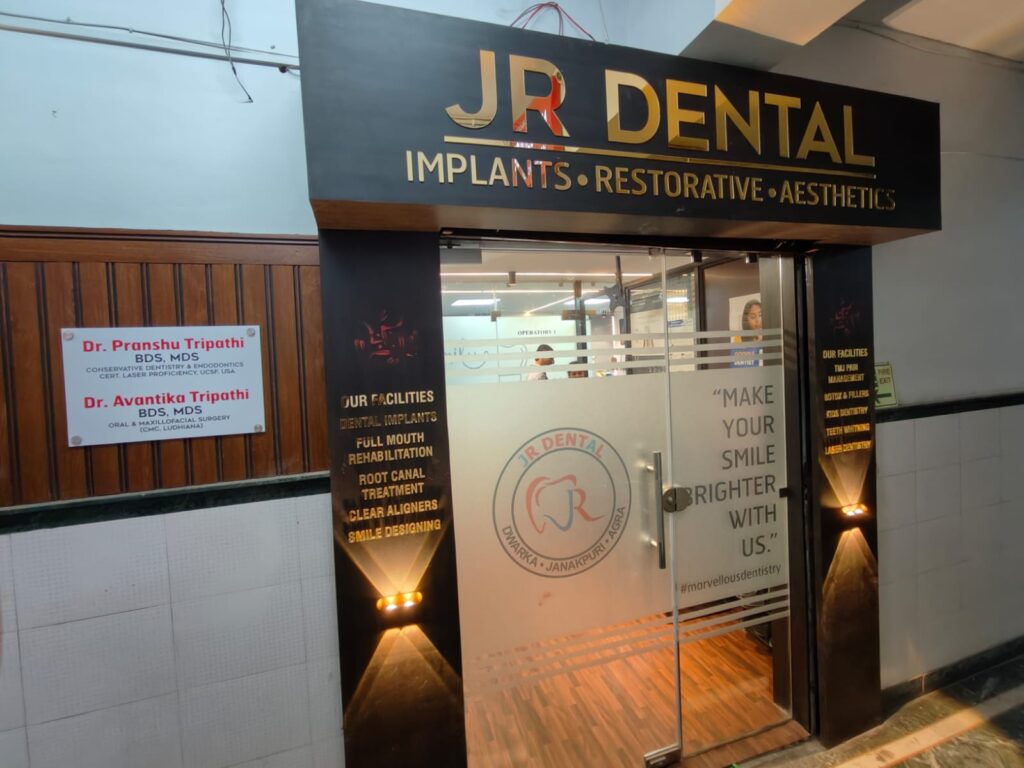JR Dental Service
Full Mouth Rehabilitation in Dwarka
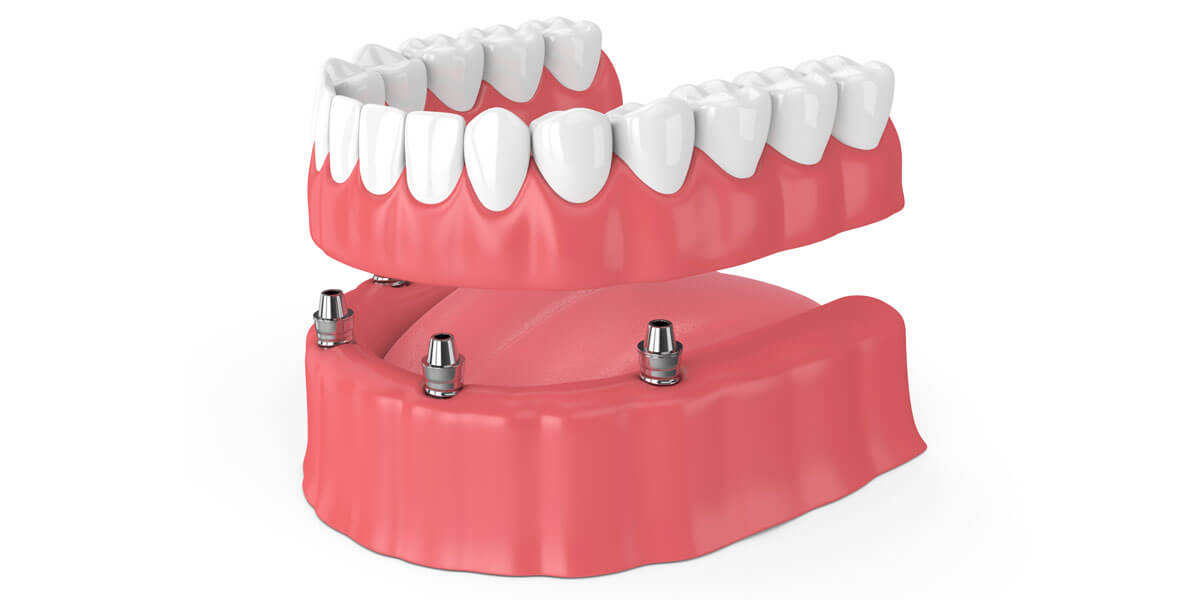
What is Full Mouth Rehabilitation?
Full mouth rehabilitation, also known as full mouth reconstruction, is a comprehensive dental procedure designed to restore the function, health, and aesthetics of the entire mouth. It combines various restorative and cosmetic treatments to address issues such as missing teeth, damaged teeth, bite problems, and gum disease. Full mouth rehabilitation can involve a variety of treatments, including crowns, bridges, dental implants, veneers, dentures, and sometimes even jaw surgery. The goal is to restore not only the appearance of the teeth but also their functionality, improving the patient’s ability to chew, speak, and smile with confidence.
How Does Full Mouth Rehabilitation Work?
Full mouth rehabilitation works by addressing the individual needs of each patient, combining multiple dental procedures into a personalized treatment plan. The process begins with a thorough consultation and assessment of the patient’s oral health, including X-rays, scans, and impressions of the teeth and gums. Based on the findings, a treatment plan is developed that may include procedures such as dental implants to replace missing teeth, crowns or bridges to restore damaged teeth, or veneers to improve the appearance of the front teeth. The treatment is often done in stages, allowing for sufficient healing time between procedures. The ultimate goal is to restore both the functional and aesthetic aspects of the mouth, creating a healthy and natural-looking smile.
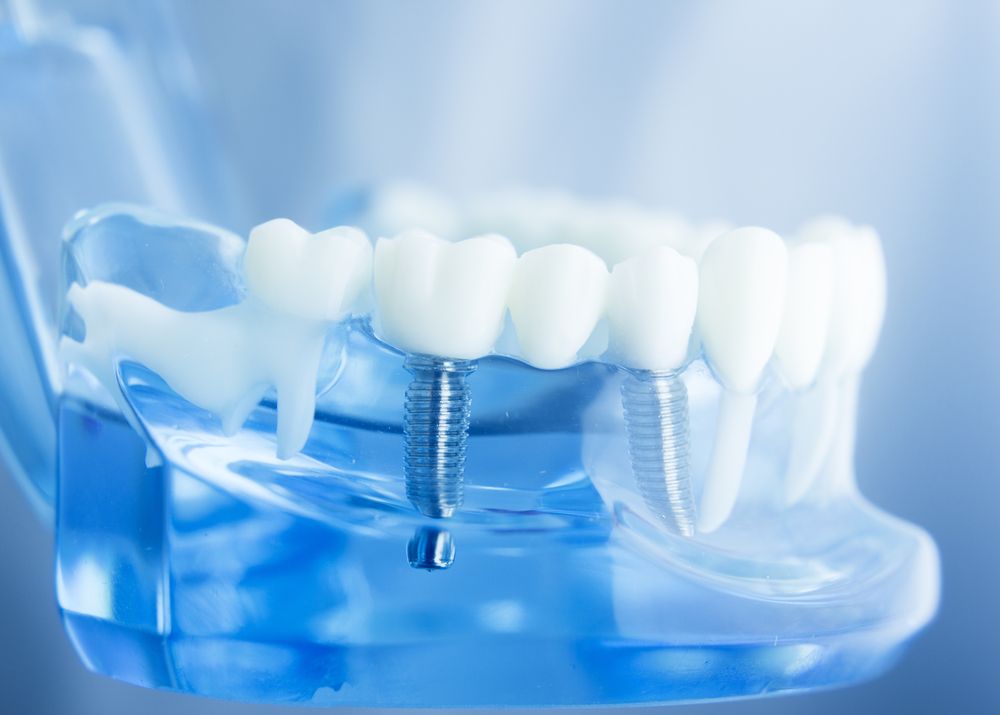
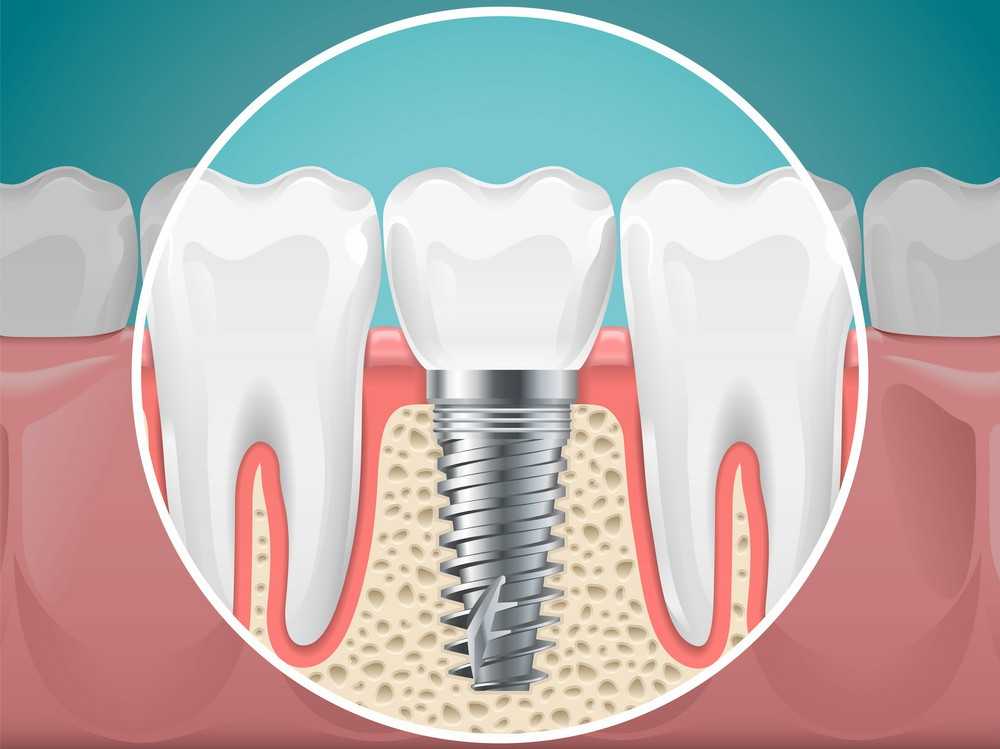
Benefits of Full Mouth Rehabilitation
Full mouth rehabilitation offers numerous benefits, both in terms of health and appearance. First and foremost, it restores the ability to chew and speak properly, addressing issues caused by missing or damaged teeth. This treatment also helps improve overall oral health by correcting bite problems, which can lead to jaw pain, headaches, and teeth wear if left untreated. Aesthetically, full mouth rehabilitation can significantly enhance the smile, boosting self-confidence. Additionally, it can help prevent further damage by addressing the underlying causes of tooth decay or gum disease, ensuring long-term dental health.
Procedure for Full Mouth Rehabilitation
The procedure for full mouth rehabilitation begins with an extensive consultation to evaluate the patient’s oral health and create a customized treatment plan. The treatment often involves several stages, depending on the complexity of the issues and the procedures required. Common steps may include:
Initial Consultation and Diagnosis: Detailed exams, X-rays, and impressions to assess the condition of the teeth, gums, and jaw.
Restorative Work: This may include fillings, crowns, bridges, or dental implants to replace missing or damaged teeth.
Cosmetic Treatments: Veneers, bonding, or whitening treatments to improve the appearance of the teeth.
Bite Correction: In cases of bite misalignment, procedures like orthodontics or occlusal adjustments may be used.
Final Adjustments and Maintenance: Once the treatments are complete, follow-up visits will ensure proper function and aesthetics, with long-term maintenance to prevent issues from reoccurring.
The entire process can take several months, depending on the number of procedures required and the patient's healing time.
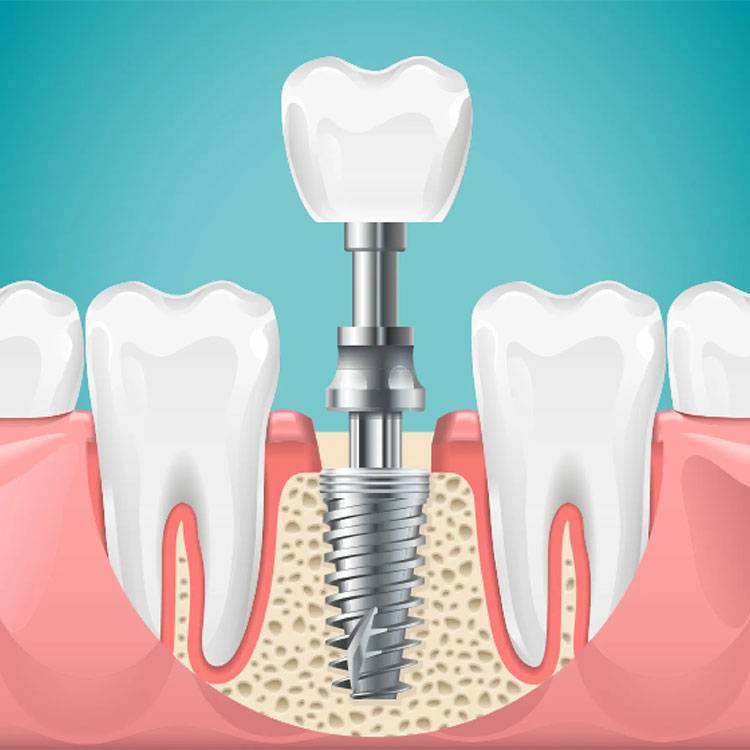
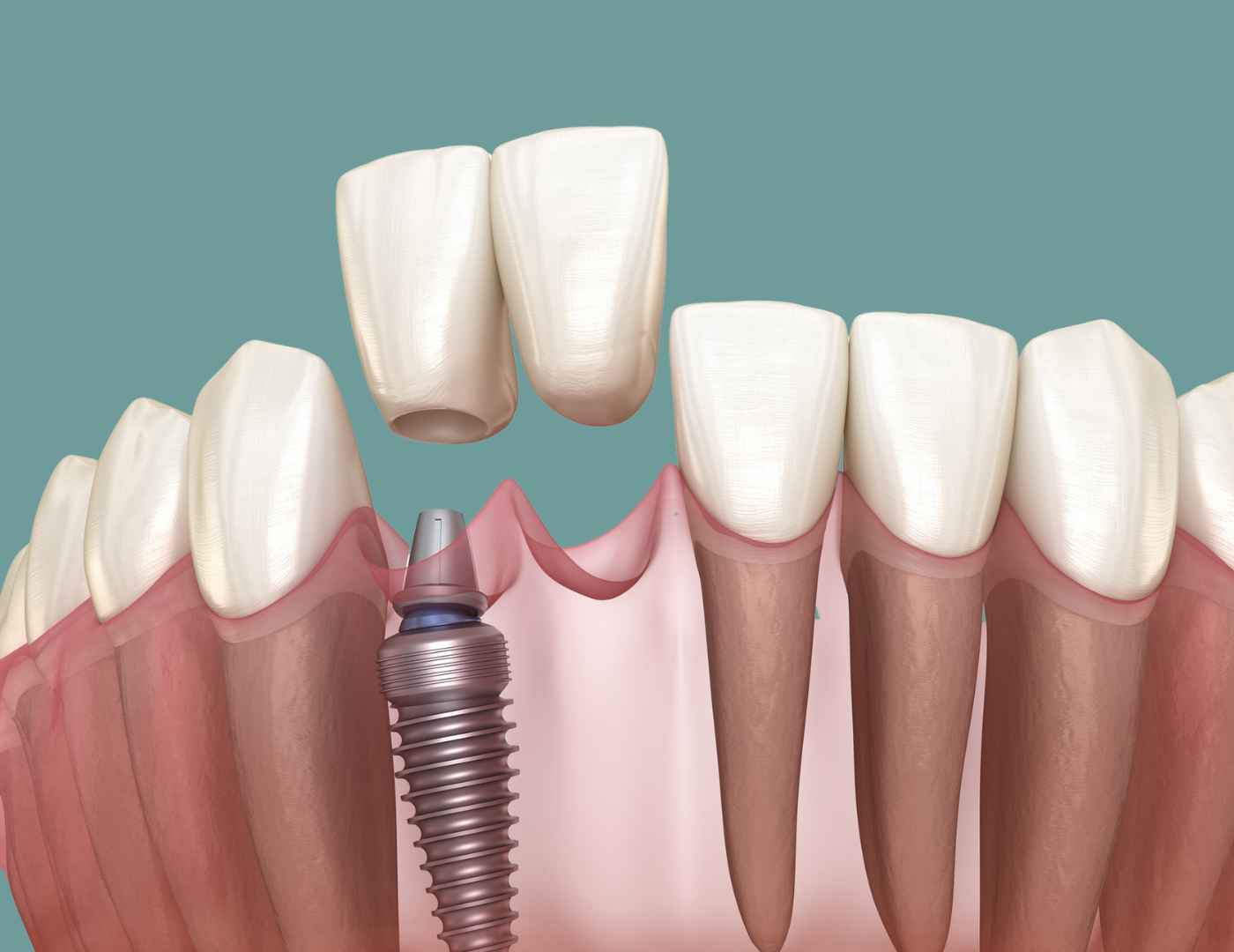
Ideal Candidates for Full Mouth Rehabilitation
Ideal candidates for full mouth rehabilitation are individuals with extensive dental issues, including multiple missing teeth, severe wear or damage to the teeth, bite problems, or complex gum disease. Patients seeking a comprehensive restoration of both function and appearance may benefit from this procedure. Additionally, candidates should be in good overall health, as certain medical conditions may impact the ability to undergo extensive dental procedures. It is also important for candidates to have a clear understanding of the time commitment and potential costs involved in the rehabilitation process.
Risks of Full Mouth Rehabilitation
While full mouth rehabilitation is generally safe, it is an extensive process with potential risks. These may include discomfort, swelling, or bruising following surgery, particularly if dental implants or other invasive procedures are involved. There is also a small risk of infection, nerve damage, or implant failure, though these complications are rare. The success of the rehabilitation largely depends on the patient's adherence to post-treatment care instructions and their overall oral health. It’s essential to follow all recommendations for proper hygiene and follow-up appointments to minimize the risks and ensure the best results.

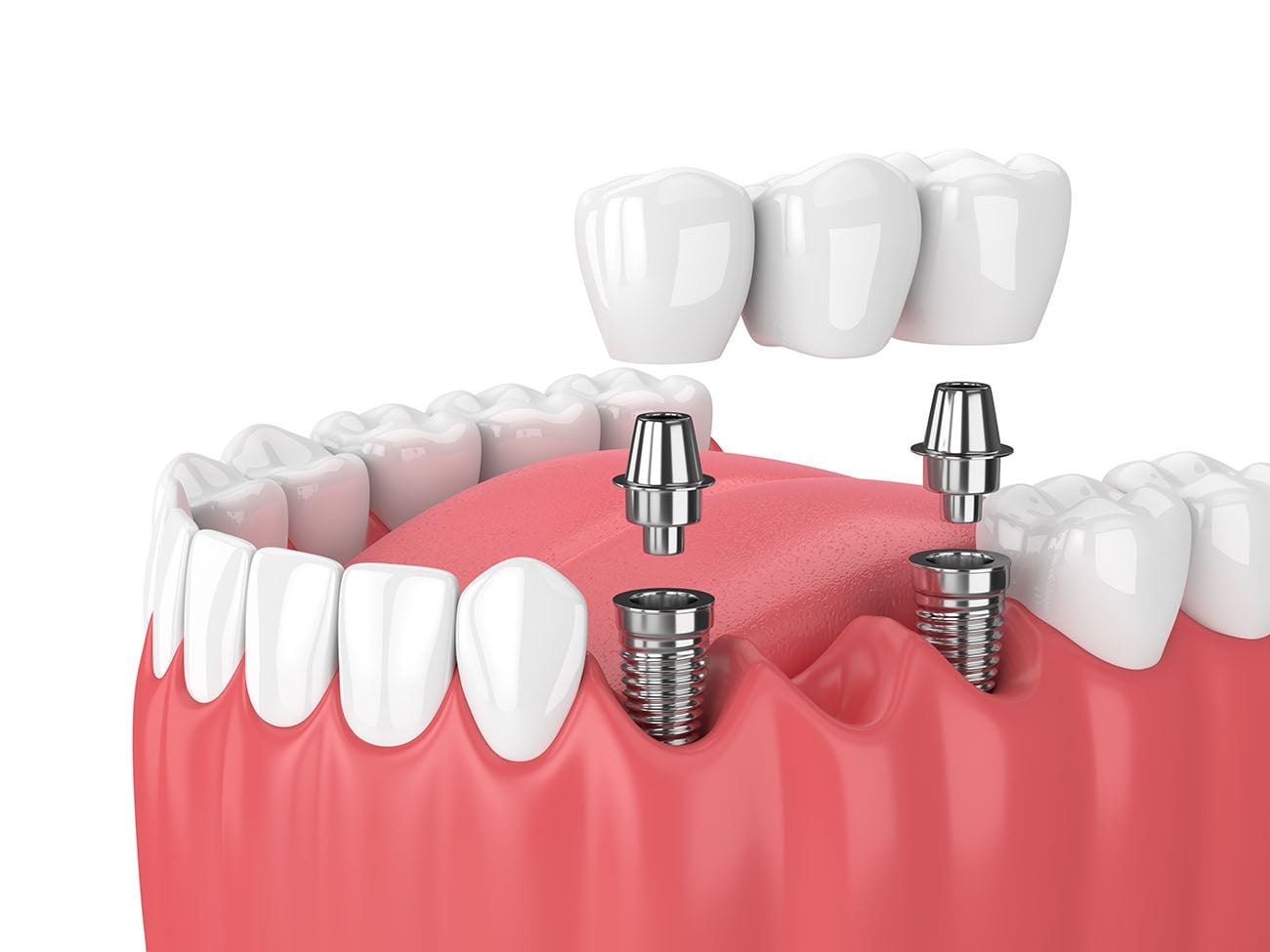
Success Rate of Full Mouth Rehabilitation
The success rate of full mouth rehabilitation is generally very high, especially when performed by an experienced dentist or oral surgeon. The success of dental implants, crowns, and other restorative procedures is well-documented, with dental implants having a success rate of 95% or higher. The overall success of the rehabilitation depends on the patient's oral hygiene, lifestyle choices, and how well they adhere to the treatment plan. Regular follow-ups and maintenance are crucial to ensure the longevity of the results and to avoid complications.
FAQS
How long does full mouth rehabilitation take?
Full mouth rehabilitation can take anywhere from a few months to over a year, depending on the extent of the procedures required. The timeline may be influenced by factors such as the number of treatments needed, the patient's healing time, and whether procedures like dental implants are involved, which require a healing period.
Will full mouth rehabilitation be painful?
While full mouth rehabilitation is a multi-step process, most patients experience minimal pain during the procedure. Local anesthesia or sedation is used to ensure comfort during each stage of treatment. After the procedures, some discomfort, swelling, or bruising may occur, but these symptoms are typically manageable with prescribed pain relief and proper aftercare.
Is full mouth rehabilitation covered by insurance?
Insurance coverage for full mouth rehabilitation varies depending on the insurance provider and the specific treatments involved. While some procedures, such as fillings, crowns, or extractions, may be covered, more extensive treatments like dental implants may require additional coverage or out-of-pocket expenses. It’s important to consult with both your dentist and insurance provider to understand what is covered under your plan.
